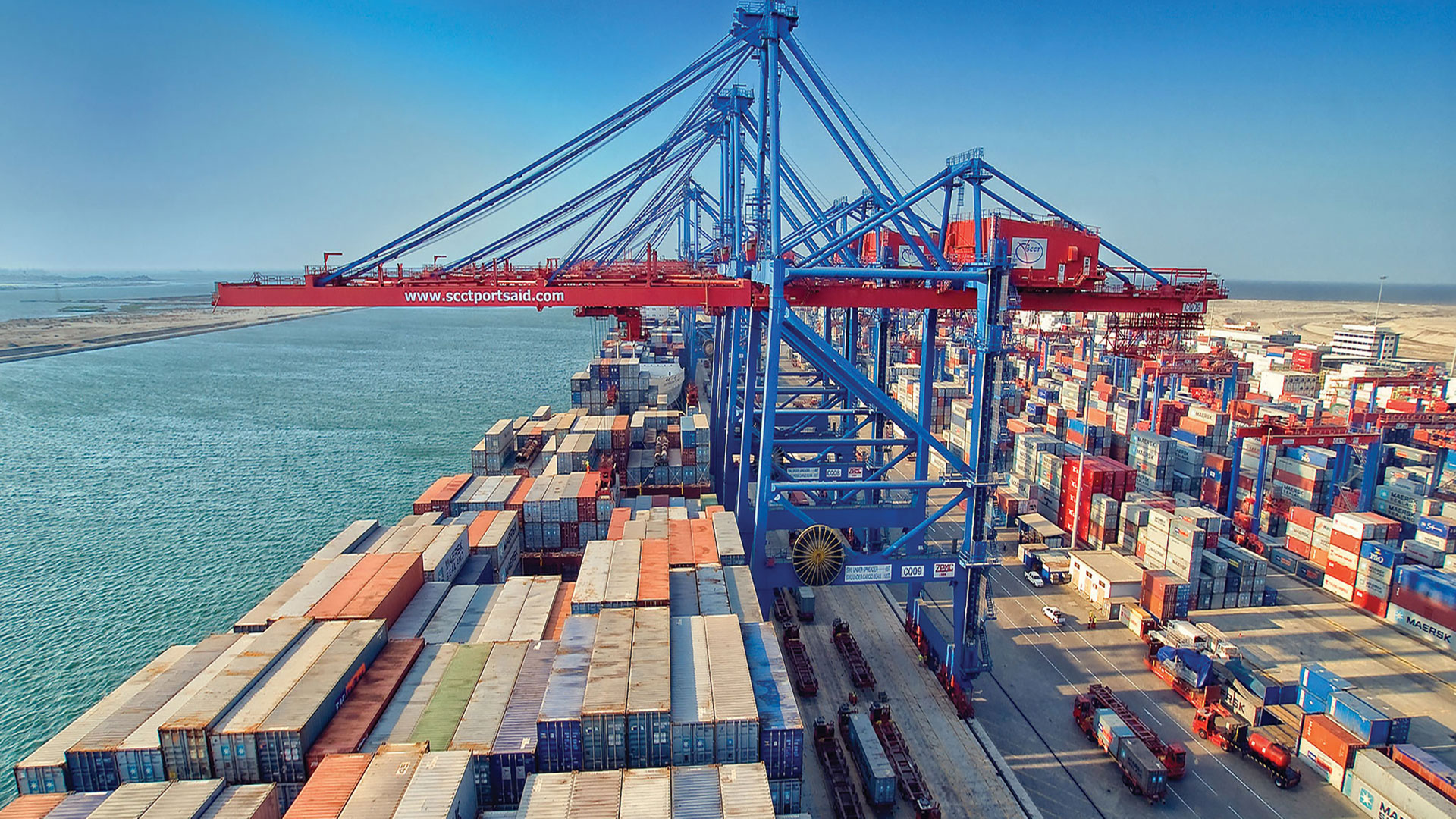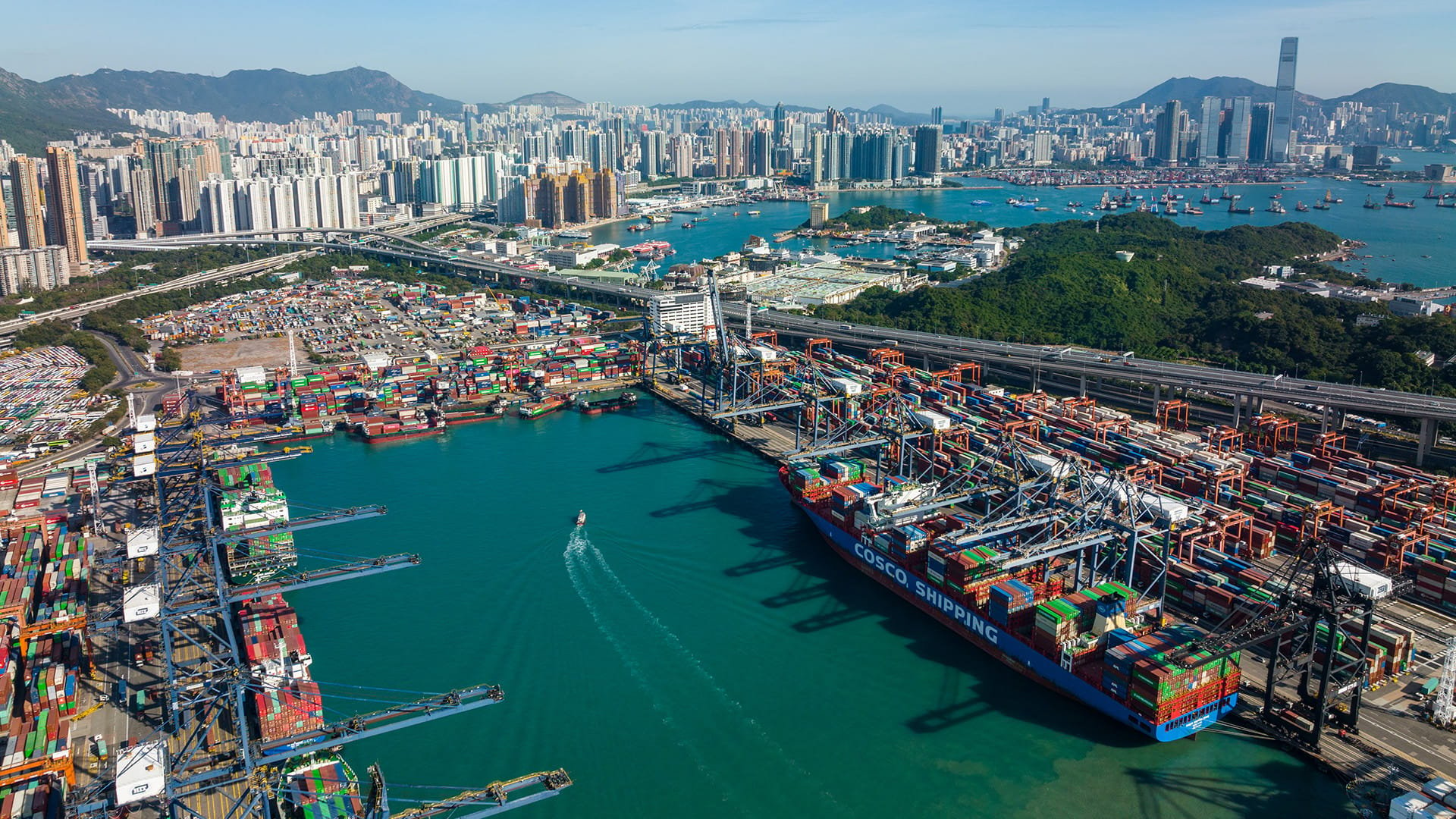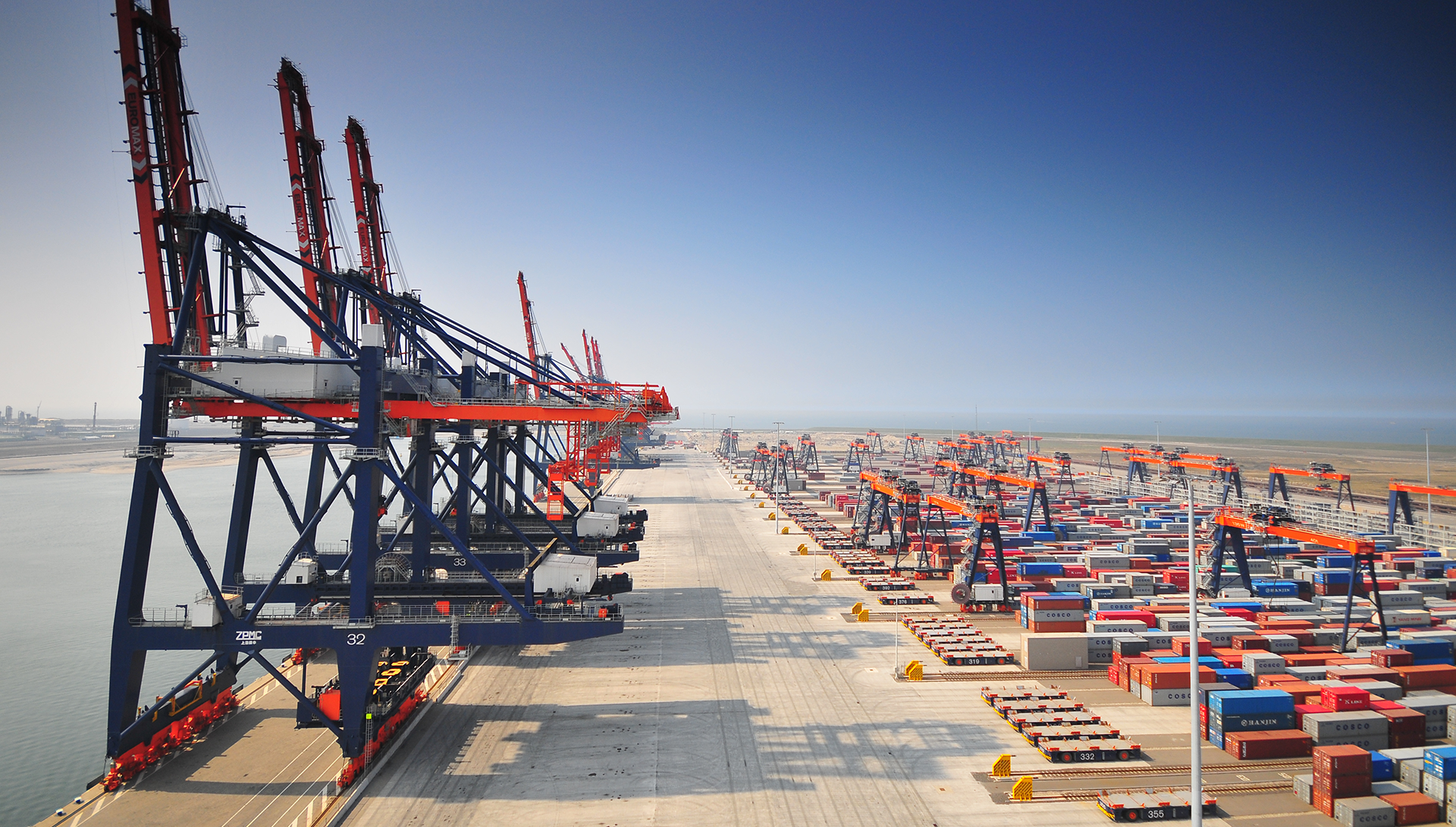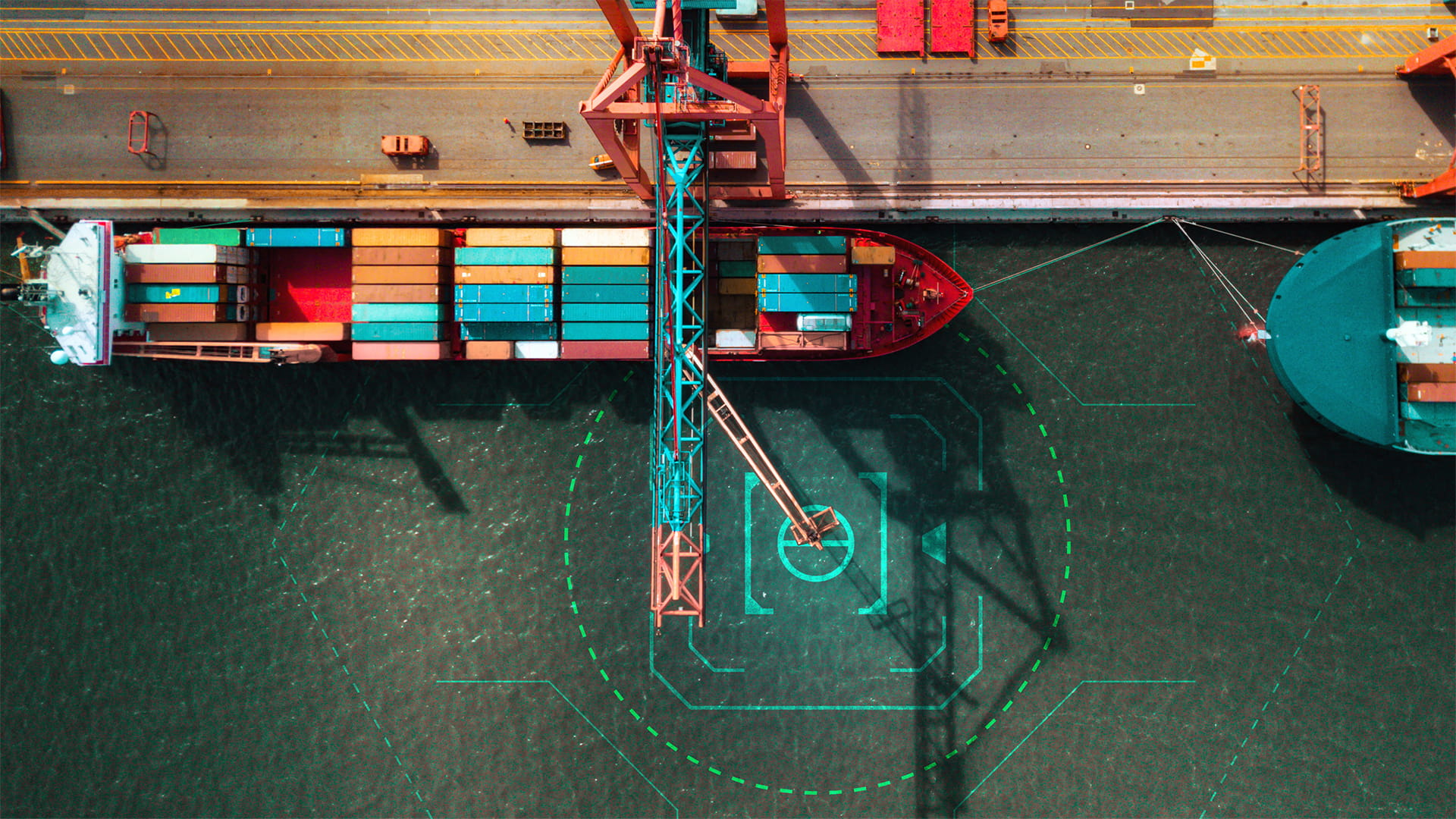Dynamic mooring analysis
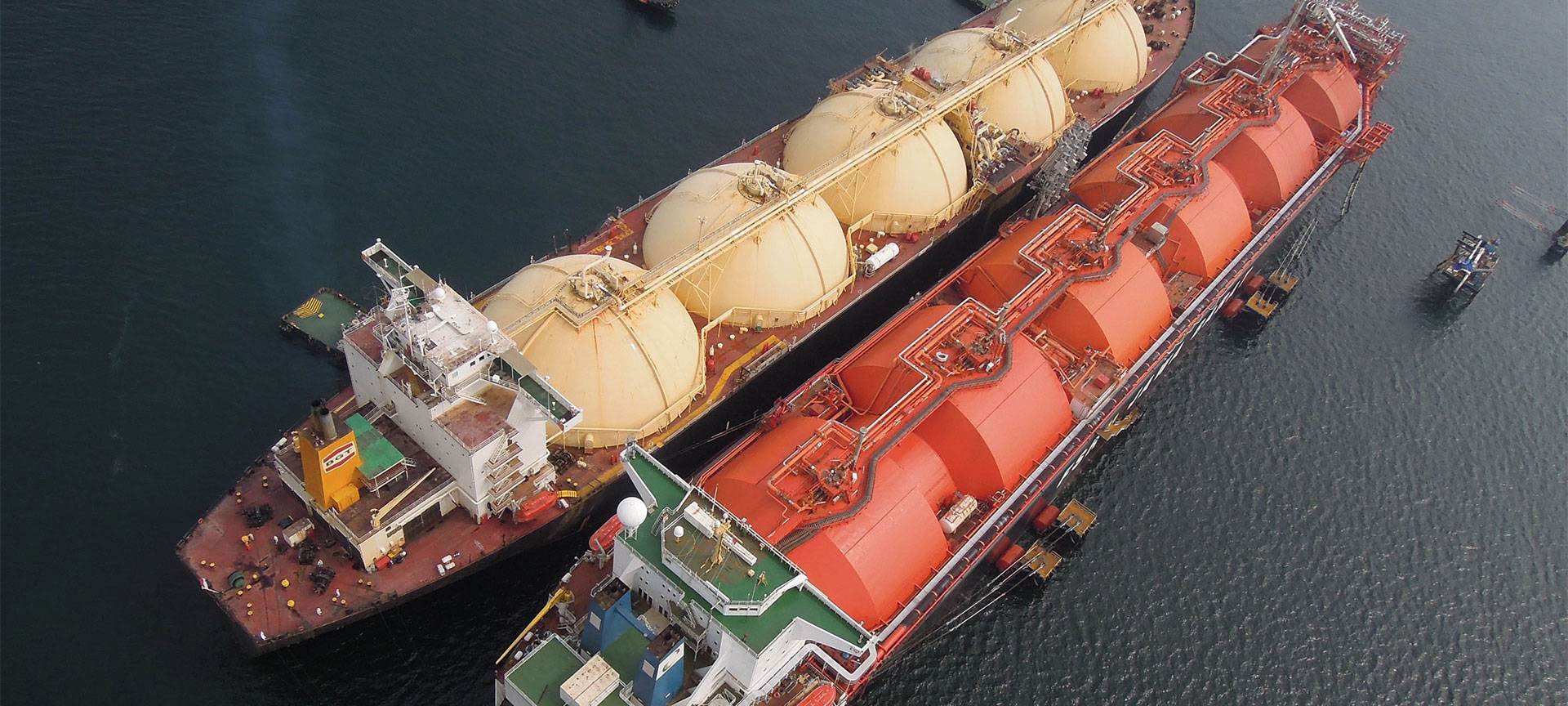
To accommodate more vessels in a variety of different sizes and specifications, ports need to make informed decisions around vessel mooring planning. Crucially, you need to be able to moor vessels safely in your port.
Our experts have a comprehensive understanding of port operations, and we have the technology to analyse the behaviour of moored vessels and its effect on bollard forces. We apply all of that expertise in our dynamic mooring analysis service – so you can successfully predict and respond to mooring conditions.
Dynamic mooring analysis gives you insight into the effects of:
- High wind speeds to support improved safety for large ships like container vessels, car carriers, and cruise vessels.
- Waves to support improved safety for ships both inside port basins and in areas further out to sea or jetties that are frequently exposed to waves.
- Vessel traffic where berths are located next to busy waterways with vessels frequently passing by.
As part of our support, we investigate and identify ways you can reduce investment costs, extend the lifetime of your current infrastructure, and use expert spatial planning to your advantage.
We also deliver predictive decision support for smarter and safer ports with our specialist Smart Mooring application for port authorities, terminal operators, and shipping lines.
What I like is that we provide innovative solutions that make the maritime sector safer, more efficient and sustainable.
Smart mooring
Smart Mooring uses weather forecasts to predict if a ship is moored safely in a port – so you can make intelligence-led decisions that enhance safety, vessel mooring and related operations.
Using Smart Mooring, we provide harbour masters, asset managers and ship operators with an overview of potentially unsafe mooring situations across their berths of interest or an entire port. We provide terminal operators with insights into possible impacts for operational windows, and shipping liner captains with an extra pair of eyes during moored operations.
Bringing maritime and digital together for impactful support

